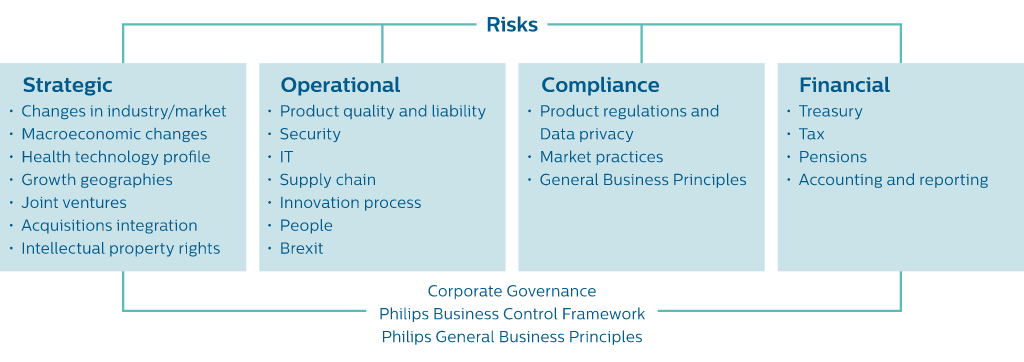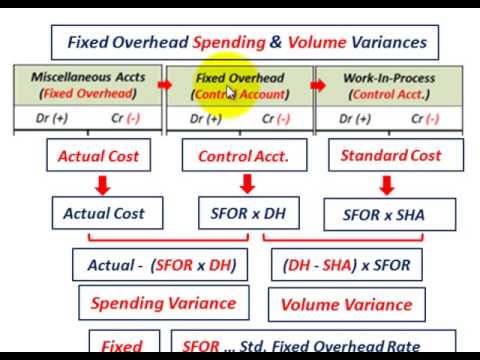
A “billing process” in accounting refers to the steps necessary to generate invoices and receive payments from customers. This process begins with creating an estimate of the cost of a project or task, followed by gathering necessary information (such as customer names and addresses) and preparing bills. Once bills are created, the accounting team must track payments and maintain records of all transactions. The purpose of billing is to accurately and efficiently charge customers for products or services provided by a business.

Recurring billing
The construction industry has elements of a particular project phase that are completed from time to time, such as the foundation, plumbing, roofing, etc. Setting dates for these payments in advance increases the chance of receiving the payment on time. Progress billing is a method where billing is done incrementally throughout the life of the project. It is commonly used in large scale, long-term projects, such as infrastructure and defence projects. After the steps are completed and the invoice’s been verified, the accountant creates the checks and specifies the amount to be paid on each check. They are sealed in envelopes, labeled with the appropriate addresses, and sent to the intended recipients.
Step 3: Prepare and Send Invoices (Billing Clerk)
This allows businesses to track outstanding payments, follow up with customers for overdue invoices, and reconcile payments received with the corresponding invoices. By efficiently managing the billing process, businesses can effectively track their revenue, identify potential cash flow issues, and ensure timely collections. The billing process is extremely important to business operations because it helps to ensure that companies are paid for the goods and services they provide. The billing process also helps to track payments and invoices, which is crucial to a business’s financial performance.
Basic Accounting Terms
- An invoice is a commercial statement issued by businesses to request payments from clients.
- Alternatively, an invoice is matched to a purchase order, and upon reconciling the information, payment is made for approved transactions.
- This information is used to calculate your business’s budgeted expenses.
- After purchase, the billing process typically includes creating an invoice, sending it to the customer, and tracking payments.
- Billing software (or invoicing software) automates many of the tasks involved in billing, such as creating invoices, tracking payments, and issuing refunds.
Essentially, debits and credits track where the money in your business is coming from and where it’s going. Whether you’re doing the accounting yourself https://www.personal-accounting.org/ or working with an external party, these phrases will come up. These 15 terms will create the foundation on which you’ll build your knowledge.

ACCOUNTING AND FINANCIAL TEMPLATES
It’s a simpler and more straightforward way to pay for a product or service, without any surprises or hidden fees. The main purpose of billing is to help the company keep track of all the sale transactions that have taken place. The information needed for billing needs first to be collected, analysed and then reviewed. Details such as product code, product price, freight and other charges, applicable taxes, etc., have to be reviewed and verified before preparing the invoice. Billing is the process of submitting an invoice to a customer or client. Invoicing is a formal document that formally notifies a customer of the charges they are responsible for and when those charges are due.
Discover our complete Billing and Invoicing catalog
Billing statements clearly outline the agreed-upon terms of the transaction. They ensure that both the buyer and seller know their financial obligations. This clarity helps to prevent misunderstandings and promotes timely payments. Upon receipt of the invoices contribution to sales ratio management online you receive, there are a number of manual steps you must take before the payment can be made. In a larger company, this is done by the accounts payable or payments team. In small companies, this is usually done by the business owner themselves.
The billing process is the steps required to ensure that invoices are issued to customers. The billing process is essential to the financial health of a business, since it is the foundation for a reliable stream of incoming cash flows. As we’ve mentioned, billing is the process of generating and issuing invoices. Whereas accounts receivable is the asset account that displays the balance of any outstanding invoices or money owed to a business, in the short-term. Most parts of the billing process can be automated using simple tools or software. This includes invoice generation, overdue invoice reminders, automated payments for recurring fees, etc.
Depending on the type of financial activities your business takes part in, there are a variety of billing mechanisms you can choose to offer. The traditional postal office method isn’t very convenient, as it can be slow, time-consuming, and unnecessarily costly. The extra expense of paper, ink, and postage, can be easily avoided by sending an email attachment instead. For starters, free templates aren’t very professional-looking and can be hard to customize.
Because of this, many publicly traded companies report both GAAP and non-GAAP income. Sometimes, this extra data can help the public image of a company or clarify the value of a company’s investments. This is a promise from the accountant that they‘re not trying to mislead anyone. This helps investors trust that the information your business presents is accurate. It’s also a commitment to presenting data in the fairest and most accurate way possible. It makes sure that you can compare financial reporting across a company.
Order-to-cash (OTC) can be a time-consuming and arduous process when departments are not properly communicating with each other. Therefore, companies should consider integrating CPQ with their billing software to work more efficiently and avoid these issues. The invoice must also be formatted in a way that is easy for the customer to understand. https://www.quick-bookkeeping.net/cost-accounting-standards-for-government-contracts/ This may include providing explanations of any charges, listing payment terms, and including contact information. In some instances, both accounting and billing systems have the same features. But in other cases, they are completely different from each other – it can be confusing, especially for someone who’s just starting their business.
It helps businesses streamline their billing operations and improve the efficiency of their payment collection process. In simple terms, billing refers to the process of raising and sending invoices to customers and requesting them to settle the dues. Invoices are documents that serve as a source of record-keeping for businesses and as a means of requesting payment from customers. With fixed fee billing, a business charges customers a set amount for every task or service they perform. This type of billing is often used by businesses that offer products or services with set prices (for example, software companies that sell software licenses).
This information is used to calculate depreciation costs and other financial metrics related to your company’s assets. Supplies billing can also help you keep track of your company’s inventory levels. It is important to streamline and automate the billing process as much as possible to ensure efficiency and accuracy.

Other times, they learn about these requirements a little bit at a time as the business grows. There are four main types of expenses, although some expenses fall into more than one category. Equity can also be defined as the difference between your business’s assets (what you own) and liabilities (what you owe). According to this principle, parties should remain honest in all transactions.
